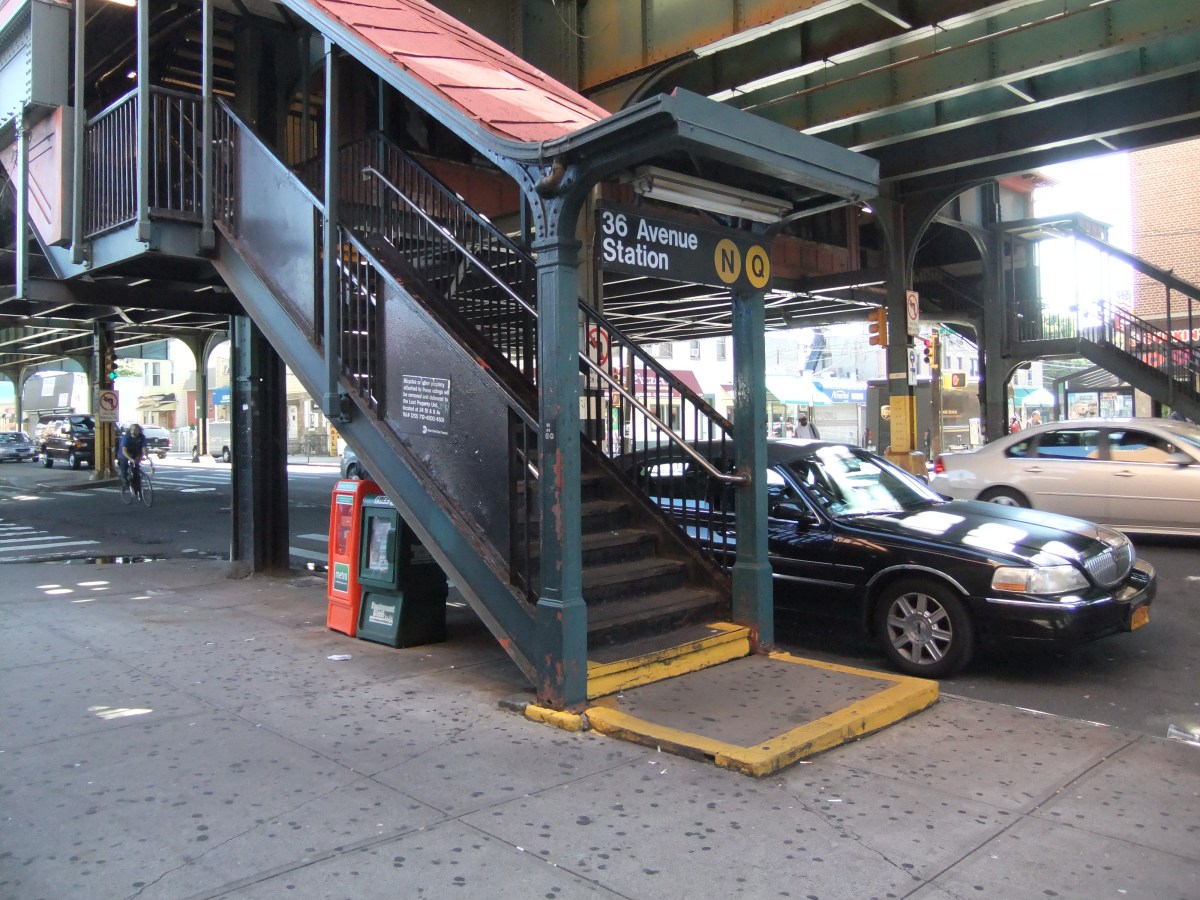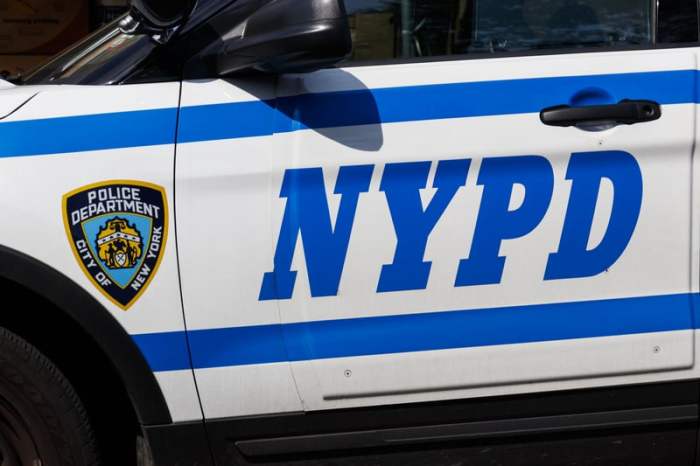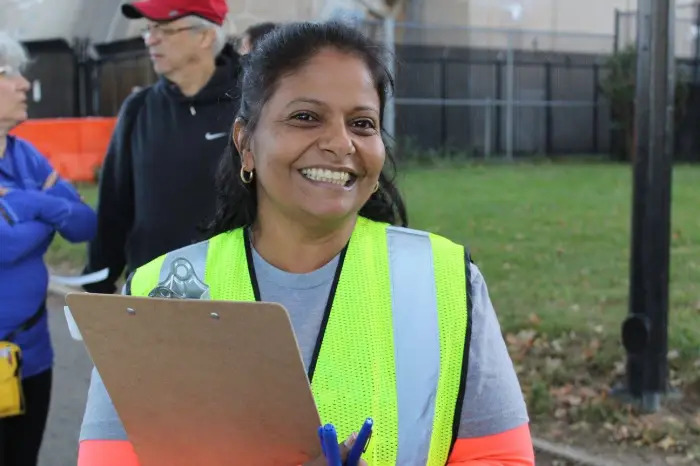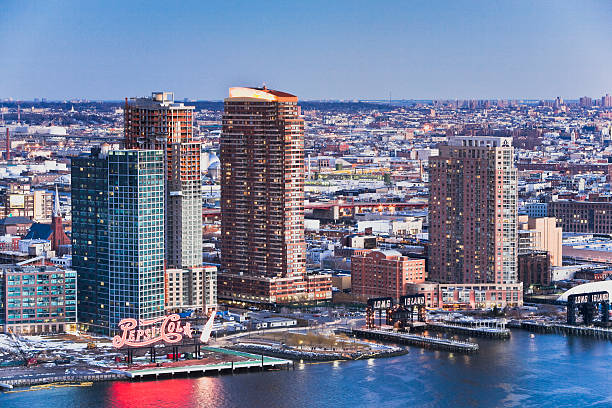Seven dilapidated train stations in Queens will be rapidly redesigned under a transportation plan that Governor Andrew Cuomo announced on Friday in Brooklyn.
In all, 30 subway stations in New York City will be overhauled in the governor’s proposed program, including four stations on the N/Q lines in Astoria: 30th Avenue, Broadway, 36th Avenue and 39th Avenue. The Parsons Boulevard F train station in Jamaica and two stations on the M/R lines ― the 67th Avenue station in Rego Park and the Northern Boulevard station in Woodside ―will also be renovated.
According to the governor’s office, the MTA will be tasked with altering its design guidelines to allow for each station to be redesigned with a brighter, cleaner look and easier navigation.
The MTA will also expedite the projects by utilizing the design-build contract procurement method that the Cuomo administration used to quickly advance infrastructure projects such as the new Kosciuszko Bridge on the Brooklyn/Queens border. A single contractor will be selected to handle all 30 stations.
Cuomo added that the stations will be completely closed during renovations; though this will inconvenience riders, he noted, the closures would allow for the projects to be completed more quickly.
The governor projects that most of the 30 station rebuilds will be completed by 2018, and all will be finished by 2020. Each station project will take between six and 12 months to complete.
The renovations are part of the governor’s 2016 agenda, which aims to bring aesthetic and technological improvements to the entire Metropolitan Transportation Authority system beginning this year. Cuomo also plans to introduce a touchless, mobile fare payment system to replace MetroCards and tickets; to expand wireless Internet hot spots; and to install USB ports in train cars, buses and train stations to allow customers to recharge their phones while riding or waiting.
“This is absolutely vital to the daily functioning of New York City, but for too long, it has failed to meet the region’s growing size and strength,” Cuomo said. “This is about doing more than just repair and maintain. This is thinking bigger and better and building the 21st-century transit system New Yorkers deserve.”


































